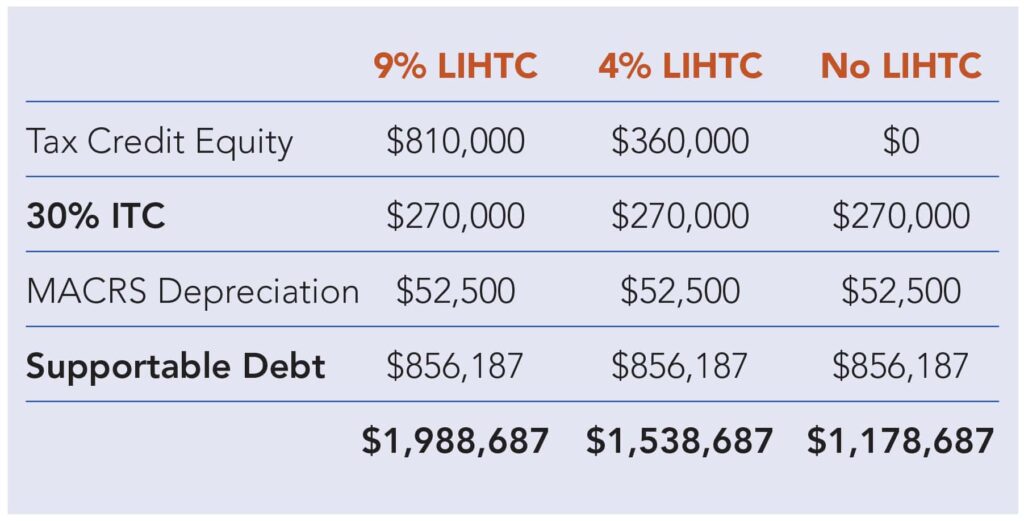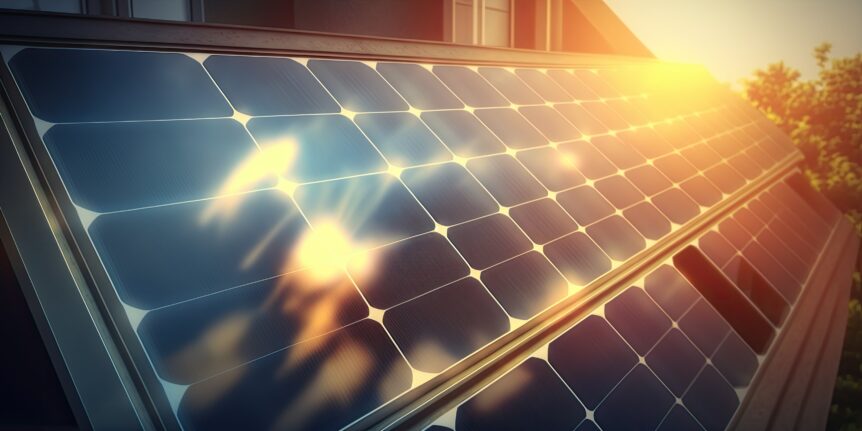By Ravi Malhotra as seen in May 2023 NH&RA HousingOnline.com
With the Inflation Reduction Act (IRA) and Bipartisan Infrastructure Law (BIL), the business case for solar-for-multifamily affordable housing is the best it’s ever been. Multifamily properties can leverage Solar Photovoltaic (PV) (and energy storage) to cut utility bills and/or bridge financing gaps.

The IRA increases the baseline Solar Investment Tax Credit (ITC) to 30 percent and offers bonus ITC for various conditions. For example, multifamily properties can receive a 20 percent bonus ITC if they share over 50 percent of utility savings with their tenants. ITCs can be braided with other credits (e.g., Low Income Housing Tax Credits, 45L, 179D, etc.) and incentives (e.g., utility rebates or Solar Renewable Energy Credits (SRECs)). Further, they can be transferred to third parties and nonprofits can claim them as cash from the U.S. Treasury Department. Though, cashing out is uncommon—it was last done during the American Recovery and Reinvestment Act period—it is a game changer for nonprofits who can cash out the value of ITC (they lose the value of accelerated depreciation but gain full value for ITC). The transferability is also valuable for both nonprofit and for-profit developers since the multifamily property does not have much of a tax liability to monetize the ITC. The ability to ‘sell’ to investors opens solar up for many more properties. The downside is that most ITC investors want volume, not one project, so the aggregation of projects to meet investor volume requirements becomes important.
There is also the possibility of deploying solar using the ~$3.2 billion in funding allocated to the Weatherization Assistance Program (WAP) through the BIL, as, in contrast to standard WAP, these funds allow for solar. Solar is treated like any other efficiency measure and evaluated on the savings-to-investment ratio, and it must meet the average cost-per-unit rules. However, you can only avail yourself of these resources if your state allows multifamily projects.

So, how does solar save on utility costs and/or help bridge a funding gap? Say you invest $1 million in solar for your multifamily property, it should generate at least $64,000 in utility bill savings, which at a debt-service coverage ratio (DSCR) of 1.15 gives you $55,652 in extra cash for financing, and at a 6.5 percent debt constant, yields $856,187 in additional debt for the project. Additionally, the $1 million solar investment increases the tax basis by $1 million, thus providing ~$810,000 in nine percent LIHTC value (or ~$360,000 in four percent LIHTC value) plus ~$270,000 for the solar 30 percent ITC. Add the modified accelerated cost recovery system (MACRS) depreciation, utility rebates, SREC value and WAP grants, and your solar can be at no cost, plus you get additional debt for your project. Furthermore, you can transfer the tenant’s utility savings into rent through a utility allowance adjustment to support additional debt.
This is all good news, but only if your state allows you to create a shared solar project via community solar law or virtual net metering (VNM). Both allow you to allocate the energy generated from your solar project to your tenants and house meters, without having to create individual solar systems for each meter (besides the higher costs of such a solution, it has other downsides that impact financial viability significantly). And unfortunately, a master-metered property has other issues, such as utility rate structures that impact the viability of solar for those projects. That is to say: the devil is in the details, but again, the business case for solar-for-multifamily affordable housing is the best it’s ever been – especially if you have a LIHTC project or other opportunities to braid the solar ITC with other incentives and are in a solar-friendly state.

